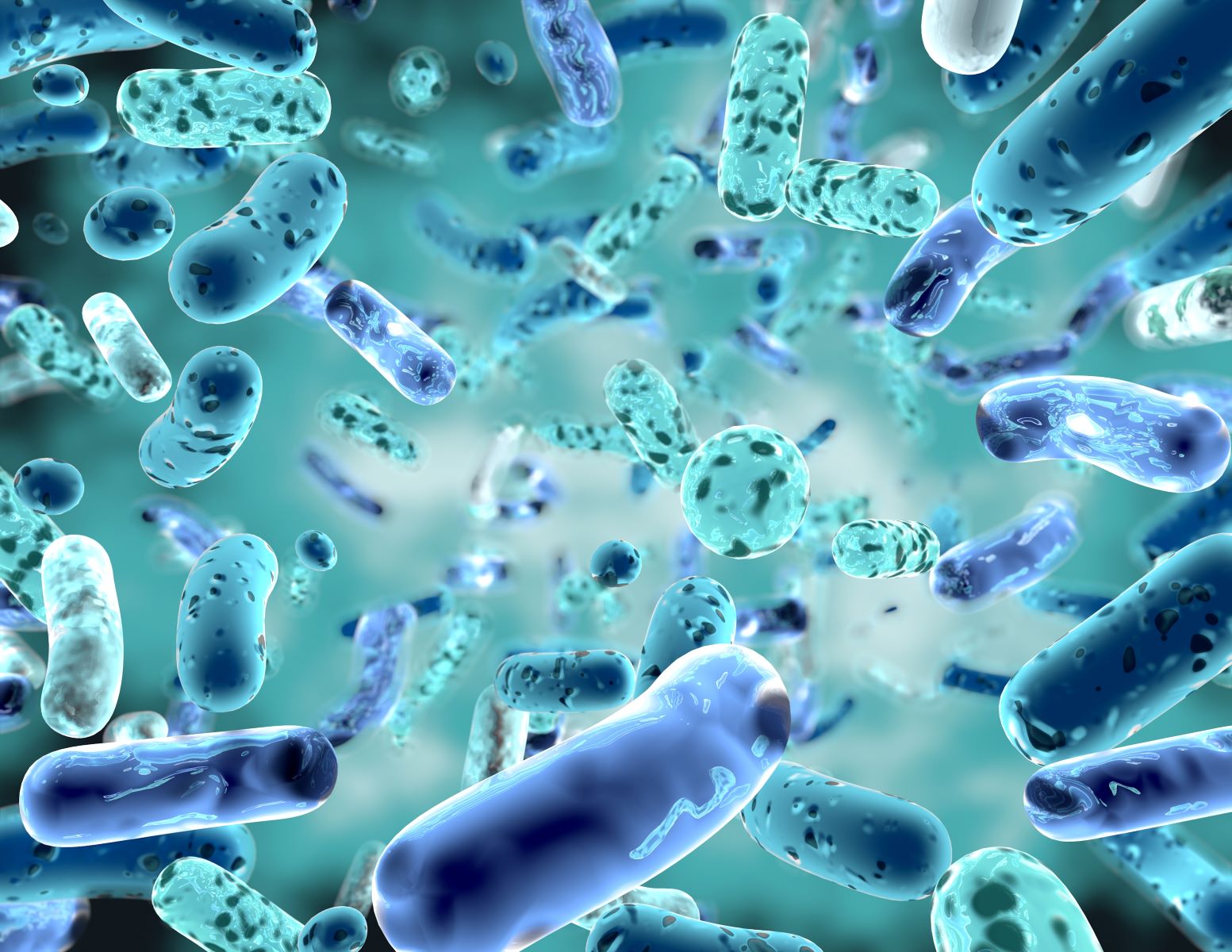
Microbial diversity is mind-blowing! Did you know that there are more microbes in a teaspoon of soil than there are people on Earth? These tiny organisms are everywhere, from the deepest oceans to the highest mountains. They play crucial roles in ecosystems, helping decompose organic matter, fix nitrogen, and even produce oxygen. Some microbes can survive extreme conditions, like boiling hot springs or freezing polar ice. Others live inside our bodies, aiding digestion and boosting our immune systems. Microbial diversity is not just fascinating; it's essential for life on our planet. Ready to dive into some amazing facts about these microscopic marvels? Let's get started!
Microbial Diversity: A Hidden World
Microbes are everywhere, from the deepest oceans to the highest mountains. They play crucial roles in ecosystems and human health. Here are some fascinating facts about microbial diversity.
-
Microbes Outnumber Human Cells: The human body contains about 30 trillion human cells but hosts around 39 trillion microbial cells. This means microbes outnumber human cells in our bodies.
-
Microbial Diversity in Soil: A single gram of soil can contain up to 10 billion microorganisms, including bacteria, fungi, and viruses. This diversity is essential for nutrient cycling and plant growth.
-
Ocean Microbes: Oceans are teeming with microbes. Marine microorganisms produce about half of the Earth's oxygen through photosynthesis.
Microbes and Human Health
Microbes are not just passive inhabitants of our bodies; they actively influence our health in various ways.
-
Gut Microbiome: The human gut contains over 1,000 different species of bacteria. These microbes help digest food, produce vitamins, and protect against harmful pathogens.
-
Skin Microbiome: Our skin hosts a diverse community of microbes that protect against infections and help maintain skin health.
-
Probiotics: Certain beneficial bacteria, known as probiotics, can improve gut health and boost the immune system.
Microbes in Extreme Environments
Microbes are incredibly adaptable and can thrive in some of the most extreme environments on Earth.
-
Thermophiles: These heat-loving microbes can survive in temperatures above 45°C (113°F), such as in hot springs and hydrothermal vents.
-
Psychrophiles: Cold-loving microbes thrive in temperatures below 15°C (59°F), found in polar regions and deep oceans.
-
Acidophiles: These microbes can survive in highly acidic environments, such as volcanic soils and acidic mine drainage.
Microbial Contributions to Science and Industry
Microbes have numerous applications in science, medicine, and industry.
-
Antibiotics: Many antibiotics, including penicillin, are derived from microorganisms. These drugs have revolutionized medicine by treating bacterial infections.
-
Bioremediation: Certain microbes can break down pollutants and toxins, making them useful for cleaning up oil spills and contaminated sites.
-
Fermentation: Microbes play a crucial role in fermentation processes, producing foods like yogurt, cheese, and bread, as well as beverages like beer and wine.
Microbial Evolution and Genetics
Microbes have unique genetic traits that allow them to evolve rapidly and adapt to changing environments.
-
Horizontal Gene Transfer: Microbes can exchange genetic material with each other through horizontal gene transfer, allowing them to quickly acquire new traits.
-
CRISPR: This gene-editing technology was discovered in bacteria. It has revolutionized genetic research and holds promise for treating genetic disorders.
-
Microbial Evolution: Microbes have been evolving for billions of years, making them some of the oldest life forms on Earth.
Microbes and the Environment
Microbes play vital roles in maintaining environmental balance and supporting ecosystems.
-
Nitrogen Fixation: Certain bacteria can convert atmospheric nitrogen into forms that plants can use, a process essential for plant growth.
-
Decomposers: Microbes break down dead organic matter, recycling nutrients back into the ecosystem.
-
Symbiosis: Many plants and animals have symbiotic relationships with microbes, benefiting both parties. For example, legumes have nitrogen-fixing bacteria in their roots.
Microbial Diversity in Everyday Life
Microbes are part of our daily lives in ways we often don't realize.
-
Household Microbes: Our homes are full of microbes, from kitchen counters to bathroom surfaces. Regular cleaning helps manage these microbial communities.
-
Food Production: Microbes are used in the production of various foods, including cheese, yogurt, and fermented vegetables.
-
Biotechnology: Microbes are used in biotechnology for producing enzymes, biofuels, and other valuable products.
Microbial Research and Future Prospects
Ongoing research continues to uncover new aspects of microbial diversity and potential applications.
-
Metagenomics: This field involves studying genetic material recovered directly from environmental samples, revealing previously unknown microbes.
-
Microbiome Therapy: Researchers are exploring ways to manipulate the human microbiome to treat diseases like obesity, diabetes, and inflammatory bowel disease.
-
Space Microbiology: Scientists are studying how microbes behave in space, which has implications for long-term space travel and colonization.
The Fascinating World of Microbes
Microbes, though tiny, play a massive role in our world. They’re everywhere – in soil, water, air, and even inside us. These microscopic organisms help decompose waste, produce oxygen, and even aid in digestion. Without them, life as we know it would be impossible.
From bacteria to fungi, each type of microbe has unique characteristics and functions. Some are beneficial, while others can cause diseases. Understanding microbial diversity helps scientists develop new medicines, improve agriculture, and tackle environmental issues.
Next time you wash your hands or eat yogurt, remember the incredible world of microbes working behind the scenes. They might be small, but their impact is enormous. Keep exploring and appreciating these unseen wonders that make life on Earth possible.
Was this page helpful?
Our commitment to delivering trustworthy and engaging content is at the heart of what we do. Each fact on our site is contributed by real users like you, bringing a wealth of diverse insights and information. To ensure the highest standards of accuracy and reliability, our dedicated editors meticulously review each submission. This process guarantees that the facts we share are not only fascinating but also credible. Trust in our commitment to quality and authenticity as you explore and learn with us.


